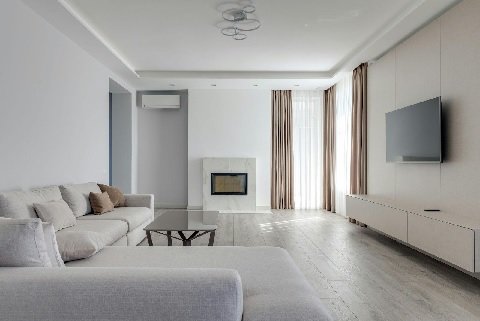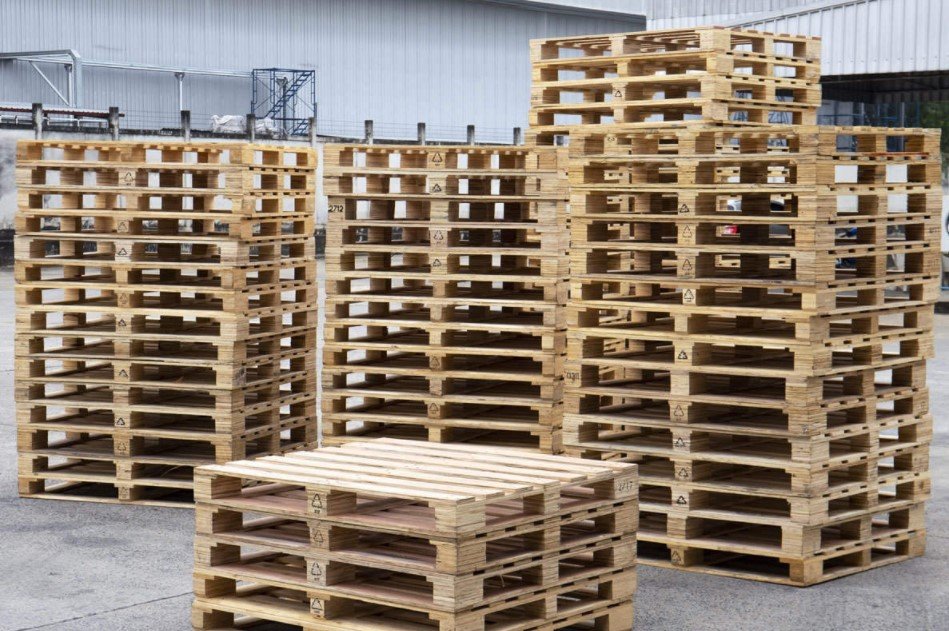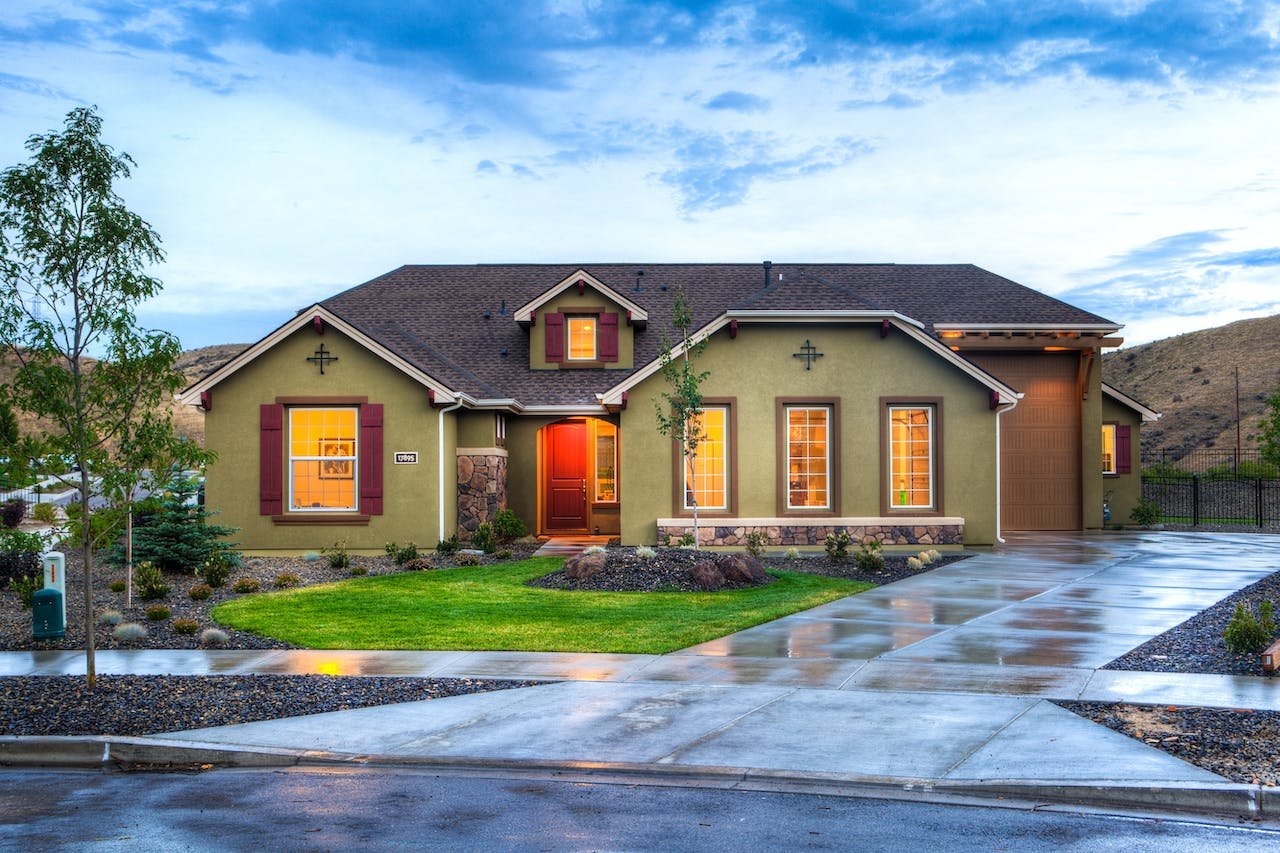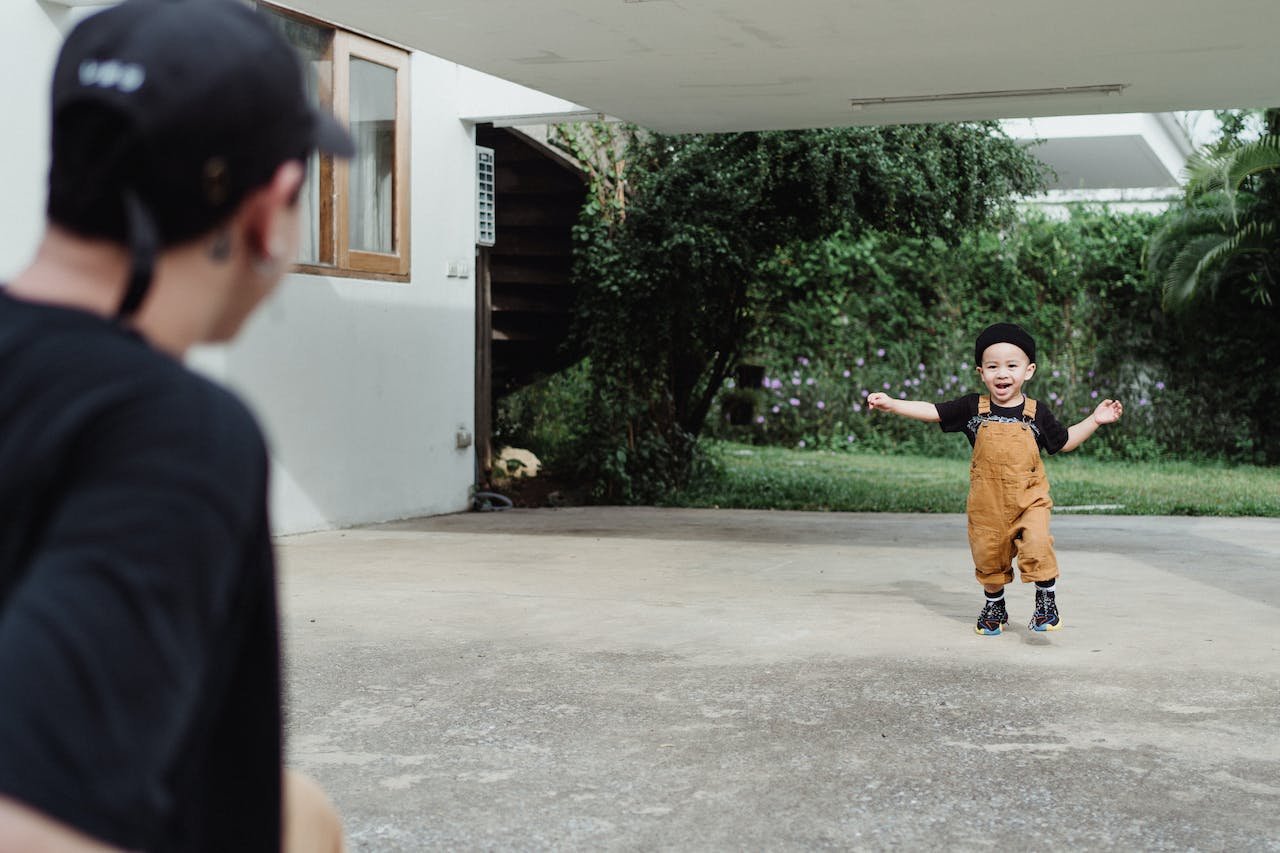Ways to Make a Small Home Look Big

Small homes often present space problems. Especially if you live in Missouri, where both urban and rural homes often grapple with space limitations. From living in a cozy city apartment in St. Louis to compact cabins in the Ozarks, space is a precious commodity.
Whether you’re a homeowner or a renter, both face the same challenge: how do you maximize your limited square footage without feeling cramped? Enhancing a small space not only improves functionality but also contributes to a visually appealing and comfortable living environment.
Let’s discuss some of the strategies to expand the perceived space of your home. These will help turn even the most confined area into a seemingly spacious haven.
1. Use Light Colors
When it comes to making a room look bigger, light colors can really become your secret weapon. Soft shades like white, cream, or light gray work wonders!
When you paint the walls, ceilings, and even the floors with these light hues, it’s like magic—the room suddenly feels more spacious. Why? Because these colors bounce around more light, giving the whole place an airy vibe.
But wait, we don’t want it to feel clinical, right? So here’s the trick: mix things up a bit. Use different textures and materials, but stick to those lovely light shades. That way, you’ll add depth without losing that soothing, unified feel.
2. Declutter and Minimize
Clutter is the enemy of space in small homes. A cluttered room feels cramped and confined. A minimalist approach can significantly enhance the perception of space.
What can you do to get rid of clutter? Well, regularly sort through your possessions to keep only what is necessary. This can make a dramatic difference.
For residents of Ozark self storage facilities are a convenient option to keep less frequently used items like seasonal decor or excess furniture, thus freeing up valuable living space. Emphasizing clean lines and minimal furnishings will contribute to a more open, tranquil environment.
3. Maximize Natural Light
Natural light can totally change the game. It can make your room feel bigger and more inviting. And here’s a neat trick: mirror! If you put mirrors across from windows, they bounce that light around, making the whole place feel even more spacious.
Don’t worry if natural light is limited in your house. Consider installing additional lighting fixtures to brighten up dark corners and create a more open atmosphere.
4. Choose Furniture Wisely
Furniture selection is crucial in small spaces. Opt for pieces that are proportional to the size of the room—oversized furniture can quickly overwhelm a small area.
Choose multi-functional furniture. Ottomans with storage inside or beds with drawers underneath are a really good option because they can maximize utility without sacrificing floor space.
To create a sense of openness, use furniture with exposed legs and glass or acrylic pieces. They don’t block views of the floor or other areas of the room.
5. Use Mirrors Strategically
Mirrors are not only useful for personal grooming; they are also powerful tools for making small spaces appear larger. By strategically placing mirrors to reflect light and views, they can double the visual space of a room.
Large floor-to-ceiling mirrors or a group of decorative mirrors can be particularly effective. Place them where they’ll catch light or interesting visuals from opposite windows, or use them to reflect artwork or other interior elements to create an illusion of depth and expansiveness.
6. Opt for Vertical Storage
Utilizing vertical space effectively is key in small homes. Floor space is often limited, so leveraging walls for storage can make a significant difference.
How can you do that? By installing floating shelves, tall bookcases, or wall-mounted cabinets! These will help keep your floors clean and create an illusion of height in the room.
Now, you can store books, decor, and other essentials in these vertical storage solutions without worrying about all the clutter in your living area. This approach not only saves space but also draws the eye upward, making the ceilings appear higher and the room larger.
7. Streamline Window Treatments
Heavy drapes make a small room look even smaller. They gobble up light and shrink the room visually. In such cases, light, airy window treatment can enhance the feeling of spaciousness.
Consider using lightweight materials such as linen or sheer fabrics that allow natural light to filter through without affecting your privacy.
If curtains aren’t necessary, use minimalist blinds or shades that can be pulled up completely to expose the whole window, maximizing light and expanding the room’s visual field.
8. Keep Flooring Consistent
Consistency in flooring throughout your home is important. Why? Because it can create a seamless flow and make the space appear larger.
Try to use the same flooring material in all rooms, or at least similar styles and colors that complement each other. This continuity eliminates visual breaks, which can make spaces feel chopped up and smaller.
If changing floors isn’t an option, large area rugs in light colors can also help achieve a similar effect by defining spaces while keeping the look unified.
9. Incorporate Transparent and Reflective Surfaces
Incorporating elements that reflect light and offer see-through surfaces can greatly enhance the spacious feel of a room. Items like glass coffee tables, lucite chairs, and mirrored accents help maintain an open and airy feel.
These materials allow light to pass through and reflect it, expanding the visual space of the room without adding bulk. Additionally, using metallic or glossy finishes on furniture or decor can also contribute to the overall lightness and flow of the space.
10. Create Distinct Areas
Creating distinct zones within a compact space is a smart move. It not only adds a touch of sophistication but also makes the room feel more expansive.
You can use rugs, furniture placement, and distinct color palettes to delineate areas without enclosing them. For example, a cozy rug can define your living area, while a contrasting wall color or a set of eye-catching shelves can distinguish your workspace.
These defined spaces create visual diversity without physical barriers. The result? More organized and spacious area.
Conclusion
A clever design and a clever use of space can make your small house feel and look bigger. Adopt principles of light and simplicity, employ clever storage solutions, and select suitable furnishings.
Always pay attention to details. Every element, from the floor to the ceiling, plays a role in how spacious your home feels. So, with these tips, you can now easily transform your compact space into a spacious and comfortable abode!














